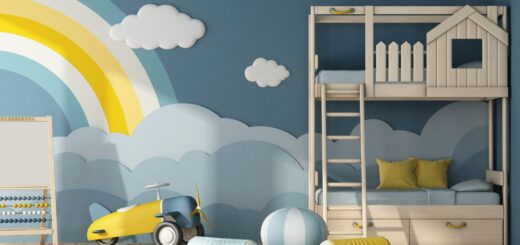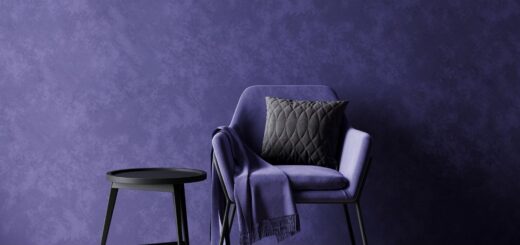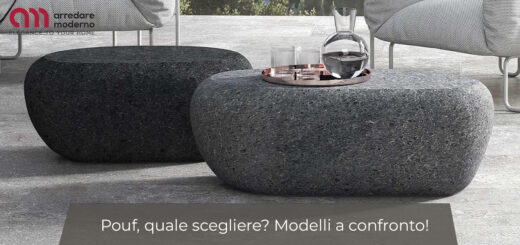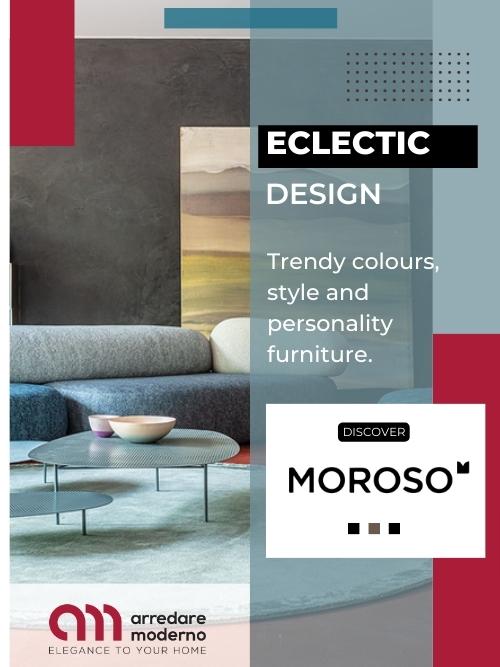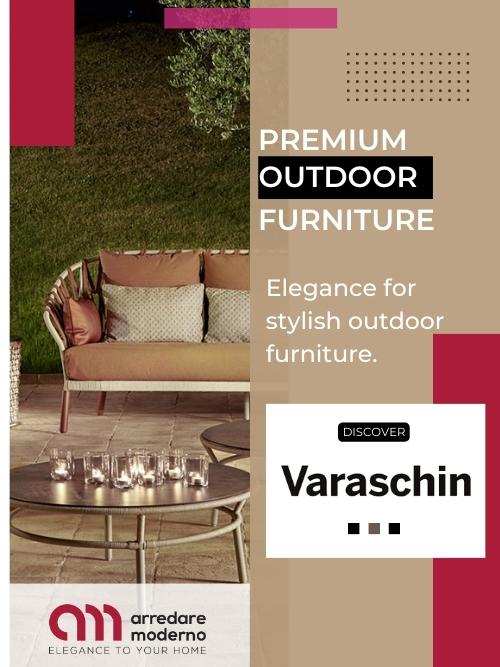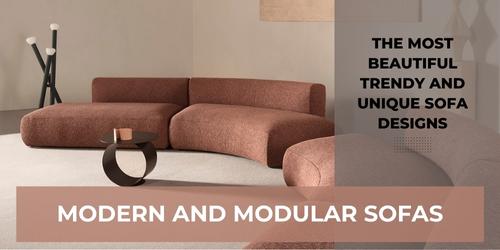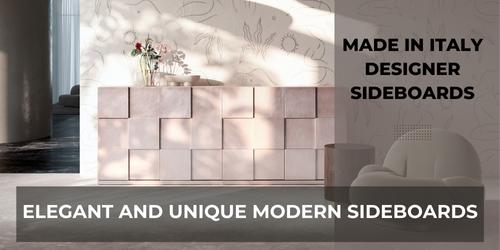How many types of wood for furniture are there? Here are all the characteristics
Furniture constitutes what can be called the soul of the home. It is the furniture that makes a home the true nest of dreams.
In relation to the furnishing style that one decides to choose for one’s home, the evaluation of the furniture that will be placed there moves. The latter can be made today in the most varied materials, but wood remains the absolute protagonist of homes. But how many types of wood for furniture are there?
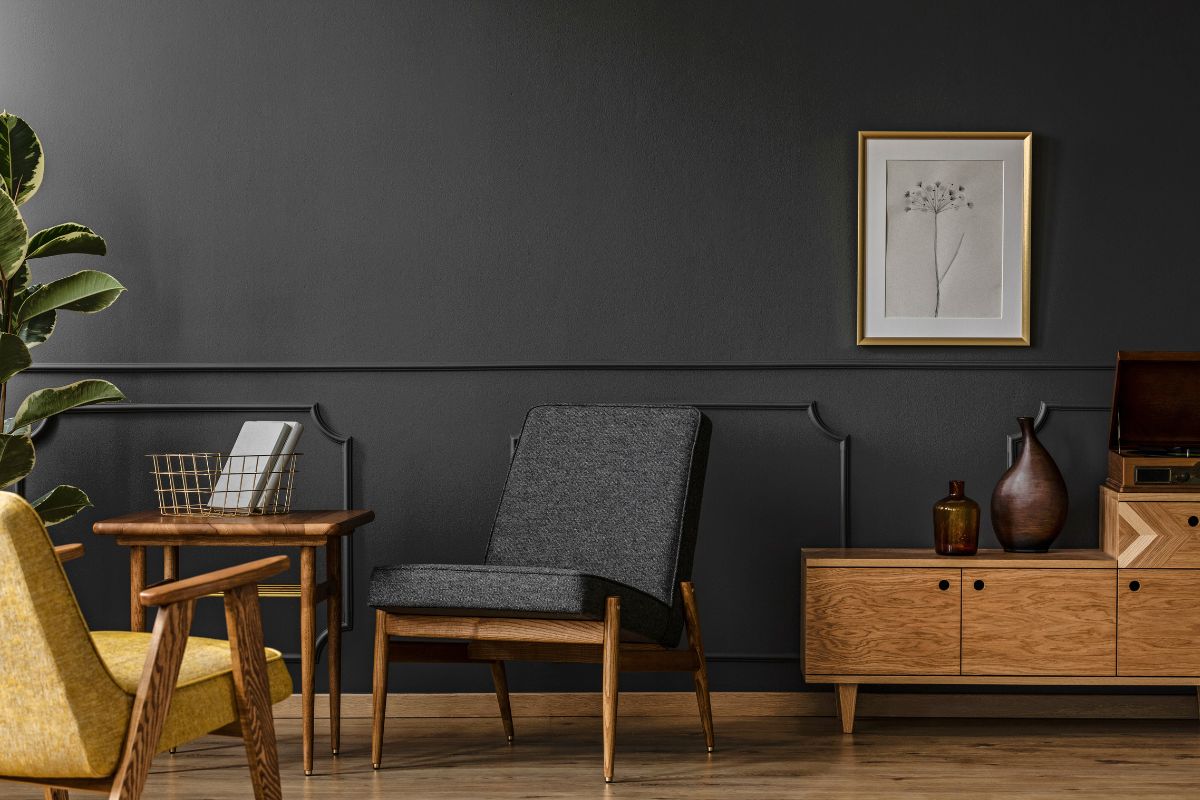
How many types of wood for furniture are there? Here are all the characteristics – Canva
Wood: undisputed protagonist in modern furniture and beyond
Wood has always been one of the most popular materials in furniture. Thanks to its unique characteristics, it is able to offer aesthetic beauty but also robustness and durability over time. Wood is an excellent material: natural, ductile and particularly versatile.
From kitchens to bookcases, from desks to tables, from wardrobes to chairs to beds, from chests of drawers to bedside tables to sideboards, from the frames of sofas and armchairs to parquet floors, doors and window frames: wood is unquestionably present in every room and corner of the house.
There are numerous types of wood for furniture in relation to different essences, i.e. according to the tree from which it is derived and also according to the processing it undergoes. Each type of wood for furniture has its own specific characteristics, not only on an aesthetic level, but also on a practical level and requires precise maintenance.
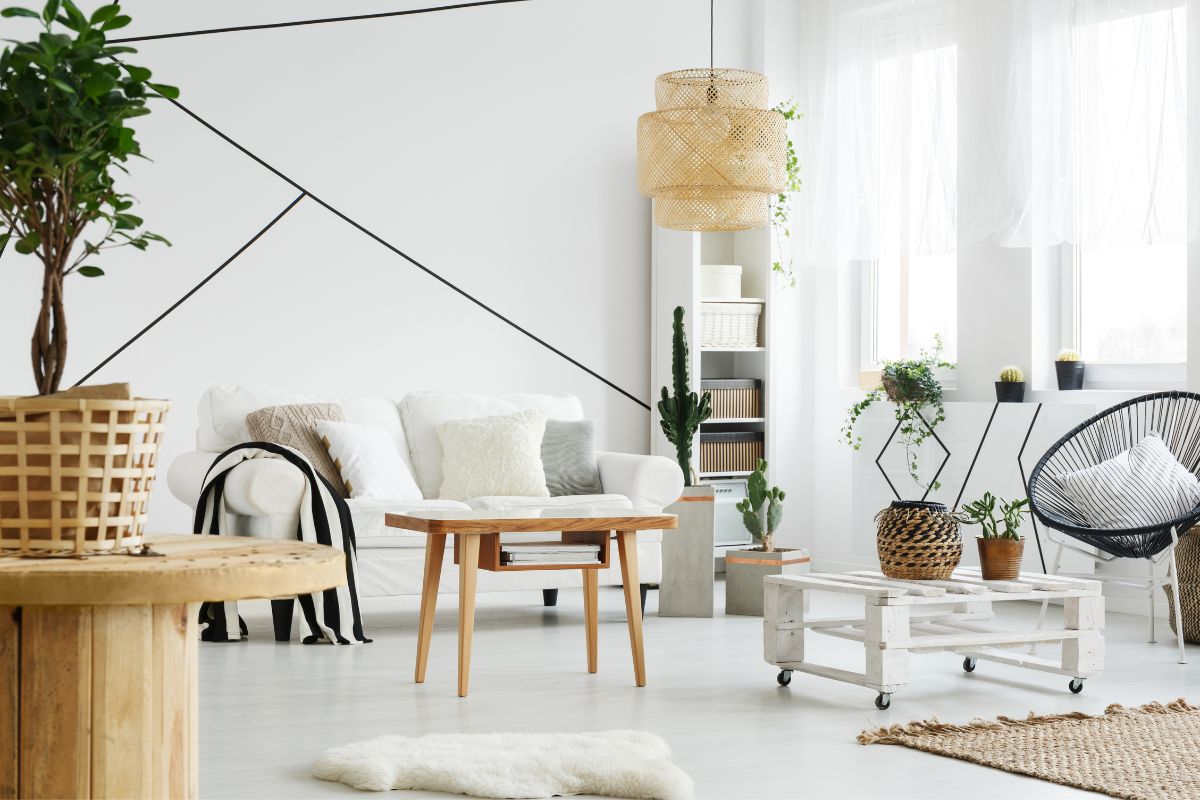
How many types of wood for furniture are there? Here are all the characteristics – Canva
Types of wood for furniture for the modern home
The various types of wood for furniture are classified according to the tree from which they originate. Based on mechanical resistance, wood can be classified into:
- hard, e.g. pear, oak, walnut, boxwood, cherry;
- soft, e.g. fir, lime, poplar, stone pine.
When choosing the wood, important factors must be considered, namely
- Hardness: resistance to the penetration of other bodies.
- Elasticity: characteristic of wood that consists in resuming its original shape after a stress.
- Flexibility: property of wood to bend and twist.
- Bending: characteristic of wood that tends to bend when subjected to contraction.
- Shrinkage: change in the volume of wood when moving between environments with different degrees of humidity.
Different woods and types of wood for furniture take on different finishes and specific qualities in relation to their processing.
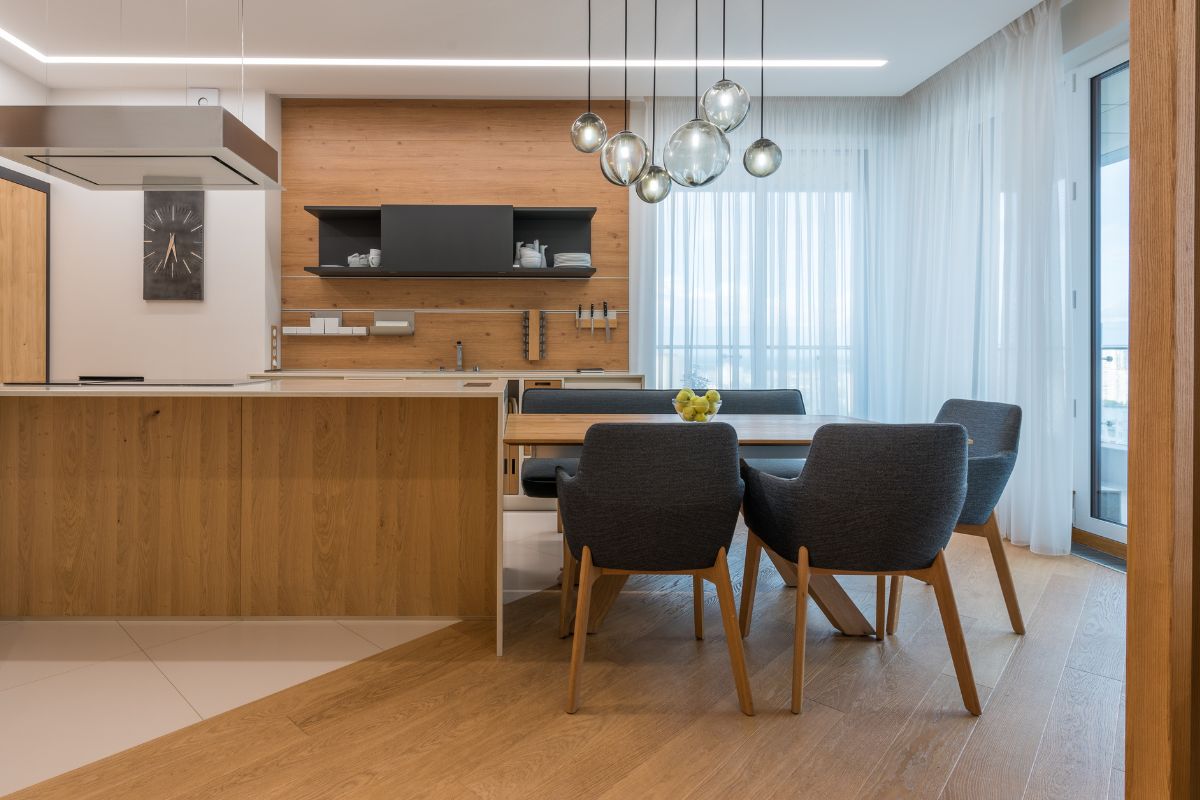
How many types of wood for furniture are there? Here are all the characteristics – Canva
1. Hardwood
Hardwood is the most valuable and therefore also the most expensive type of wood for furniture. It is obtained directly from the trunk of the tree, then, once seasoned, it is cut and processed to be assembled. It enjoys excellent robustness to loads and shocks; it is long-lasting and provides a pleasant aesthetic impact.
To maintain it at its best, it should simply be cleaned with a soft, slightly damp cloth. For extraordinary maintenance, you can use specific wood products that are not abrasive. Hardwood is especially used for furniture structures.
2. Solid wood
Unlike hardwood, which uses the entire trunk of the tree, solid wood is made from the heartwood, i.e. the innermost part of the tree. Like hardwood, solid wood is valuable and used for furniture of high technical and aesthetic quality.
3. Glulam
Glulam is one of the most widespread and popular types of wood for furniture. It consists of lamellas, i.e. thin layers of solid wood joined together and glued with special moisture-resistant adhesives. Glulam is cheaper than solid wood, but it is resistant to heat and moisture. It is robust, durable and aesthetically pleasing.
4. Hollow-core wood
Hollow-core wood is the most widespread of the furniture wood types. It is rather expensive and is used to make quality furniture due to its strength and lightness. It is obtained through a special processing of veneer sheets. Resistant and quite robust, hollow-core wood is appreciated for its lightness and manageability.
5. Veneered wood
Less performing in terms of quality, and therefore also less expensive, are veneered, MDF and melamine-faced wood. Veneered wood consists of a solid or laminated panel base, and is covered with thin layers of precious wood that are finished for protection or to achieve different aesthetic characteristics. Veneered wood is especially used in the construction of doors, cupboards and shelves. If aesthetically it is very versatile and appreciated, on the technical side it is less performing than the previous woods because it is less resistant to heat, humidity and scratches. It is cheaper and easier to clean.
6. MDF
MDF is a type of material consisting of pressed and treated panels made of wood fibres derived from processing waste. The major advantage of this material is that it is an environmentally friendly wood because it is made from recycled material. It is mainly used for the construction of doors and shelves.
MDF is said to be melamine-faced when it is coated with an artificial material called noble, which is able to give appreciable aesthetic effects. Ennobled MDF can be laminated, if covered with glued resin sheets, or melamine-ennobled, if covered with decorative paper and melamine resin.



